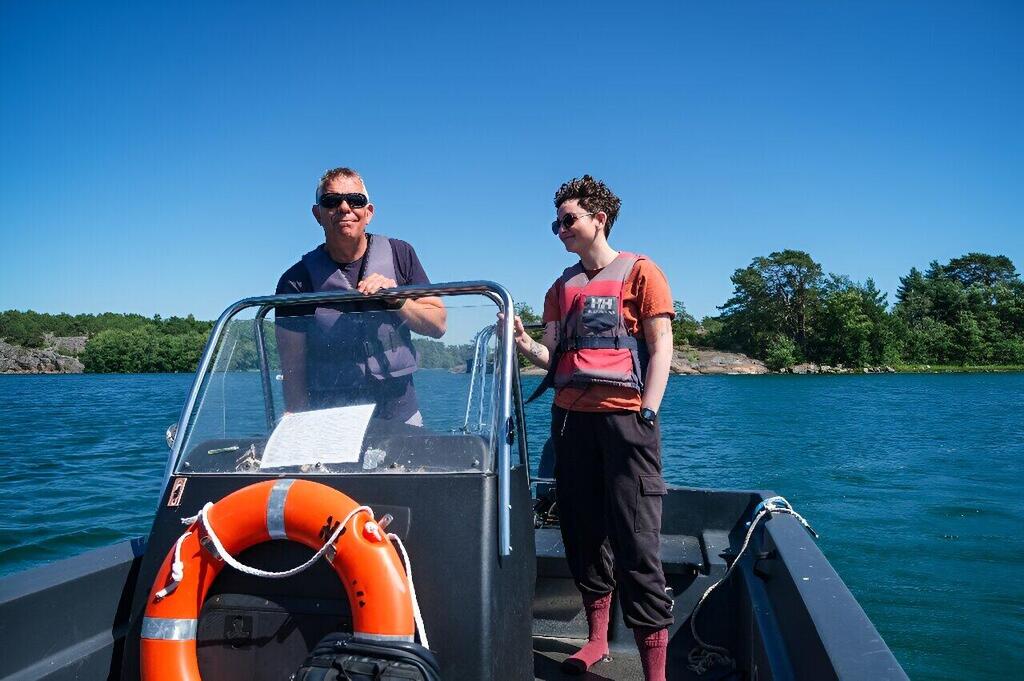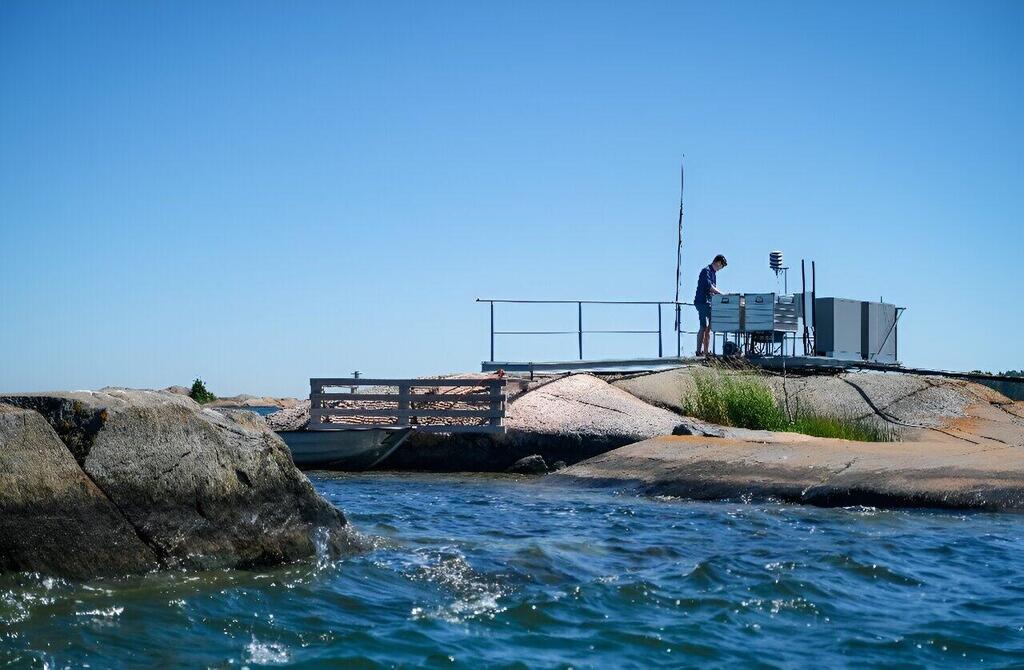The Baltic Sea, nestled between northeastern Europe and Scandinavia, borders a multitude of countries: from the Baltic states of Lithuania, Estonia, and Latvia, through Scandinavian nations like Finland, Denmark, and Sweden, and extending to Germany, Poland, and Russia. Due to worsening climate change over the years, its waters have warmed at twice the rate of the world's oceans.
This relatively shallow sea is highly sensitive to environmental and climate changes, prompting Professor Alf Norko from the University of Helsinki to lead the largest marine research team of its kind on an expedition to the coastal town of Hanko, located at Finland's southern tip, approximately 100 miles from the capital, Helsinki.
Measurements indicate that the average temperature of the Baltic Sea's waters has risen by about 3.6 degrees Fahrenheit over the past 30 years. "The Baltic Sea is essentially a small bathtub compared to the world's oceans," Dr. Norman Gubler, a marine heatwave expert from the University of Helsinki, told AFP. "We are now seeing the initial effects of this temperature rise."
Margaret Williamson, a doctoral student at the University of Helsinki, collected stems, roots, and soil to measure carbon dioxide levels. According to her, the Baltic Sea is crucial for understanding the impacts and consequences of global climate change.
Many coastal regions around the world, whether coral reefs or mangrove forests, are among the richest biodiversity hotspots on Earth, providing essential habitats for hundreds of marine species. However, they are also the most vulnerable to the types of changes observed in the Baltic Sea.
Thus far, the oceans have played a vital role in combating global warming. For decades, they have consistently absorbed 90% of the heat generated by human-induced climate change and about a quarter of the carbon dioxide humanity emits into the atmosphere.
But there is still much to learn about the oceans' ability to continue serving as "carbon sinks," which help offset greenhouse gas emissions and slow the pace of anthropogenic climate change—changes caused by human activities. "There is a strong emphasis on the role of forests as carbon sinks," Norko told AFP. "Thus, our coasts and oceans have been overlooked. The question is, how significant is their role in sequestering one of the key contributors to accelerating global warming?"
Recent findings from the Finnish research station led by Norko indicate that coastal ecosystems in the Baltic Sea may start emitting greenhouse gases—carbon dioxide and methane—instead of absorbing them, due to rising temperatures and environmental pollution.
The ecological condition of many coastal areas has deteriorated partly due to nitrogen and phosphorus-rich fertilizers used in agriculture, as well as untreated sewage flowing into them as a result of human activities. These chemicals have led to harmful algal blooms, as well as oxygen-depleted "dead zones," a process known as eutrophication—an increase in the primary production of algae and aquatic plants due to excess nutrients, mainly phosphates and nitrates, washing into water bodies from agricultural fields and urban sewage.
"Our greatest concern is that what should be an efficient carbon sink might turn into a carbon source," Norko explained, emphasizing that the changes already observed in the Baltic Sea should serve as a warning sign for coastal areas worldwide. "Many of the densely populated coastal areas around the world are affected by eutrophication, and this has a huge impact on the ability of coastal ecosystems to mitigate climate change," he added.
Norko stressed that while measures to protect and restore healthy marine ecosystems have been taken in the Baltic Sea and elsewhere, increased efforts are needed to ensure that the nightmare scenario does not come true.



